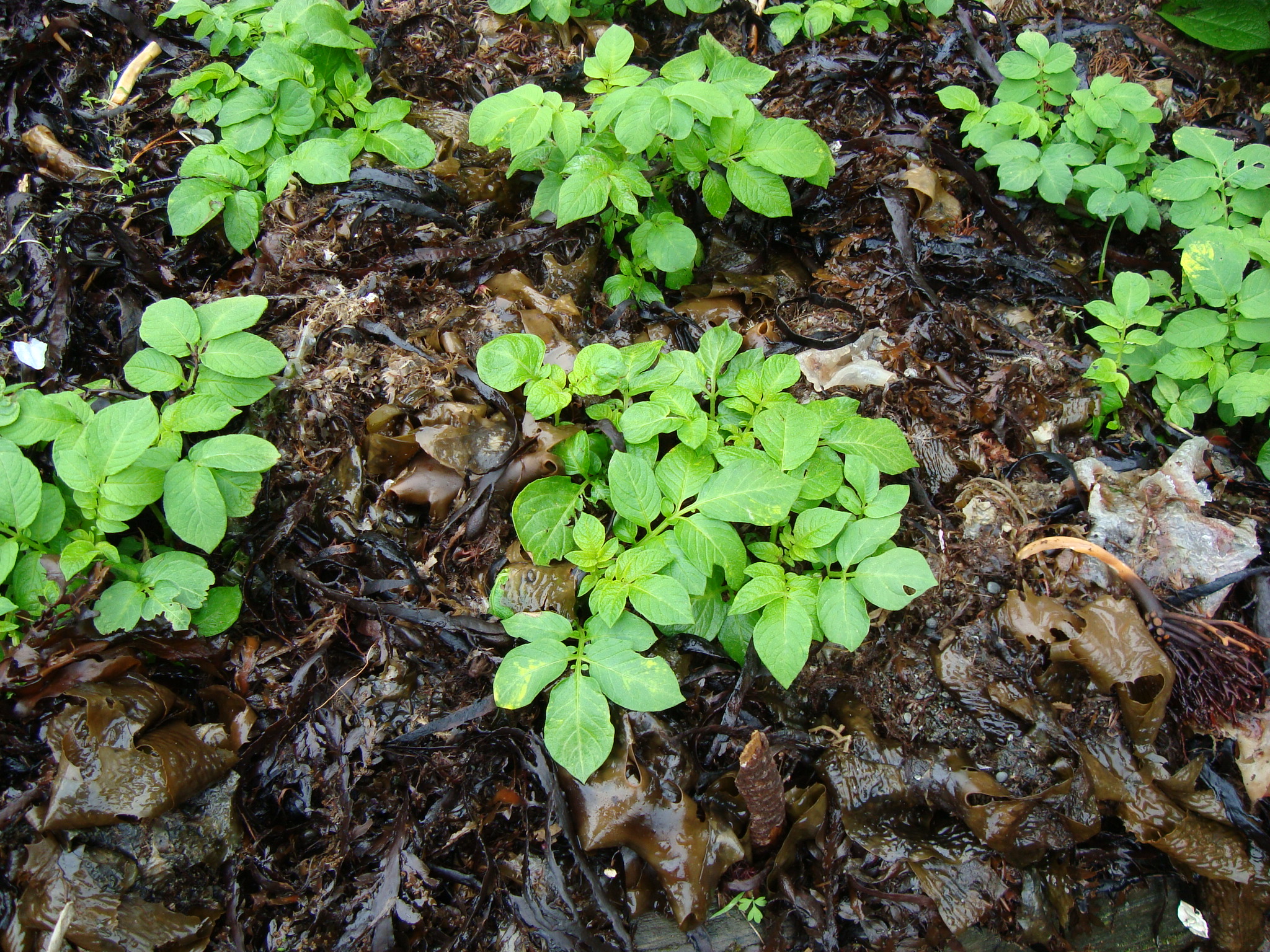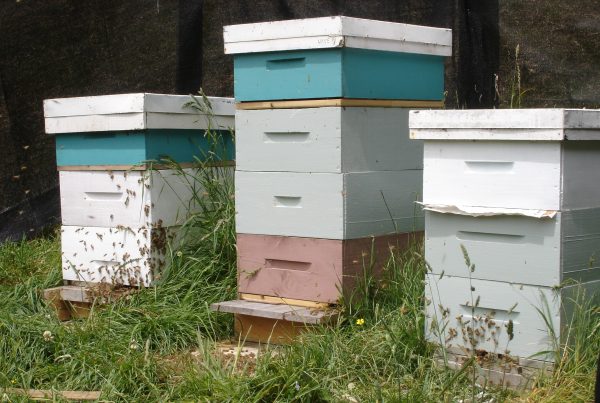
Seaweed is a rich source of a wide range of micronutrients. Think of it as a multivitamin in your soil’s diet. Many of the nutrients are needed by our plants in only minute quantities but without them they will fail to thrive. If those trace elements aren’t in our vegetables, they are not in our diets, so we’ll suffer too. Seaweed also contains plenty of organic matter, it’s seed-free and as it meshes together it doesn’t blow around. It rots down fairly slowly, particularly if it dries out, so releases its magic in a gradual, sustained way.
Choose dry seaweed, if you get a choice, because it’s lighter and easier to carry. I’ve never chopped, washed or sorted it, just taken the sandy, salty offerings and tossed out any plastic and stones. There are some areas where you aren’t allowed to collect seaweed, including marine reserves. Apart from these, choose somewhere with easy access that will have had onshore winds the night before to heap up rich pickings. I prioritise my use of seaweed in five ways:
- Potato mulch Seaweed mulch keeps potatoes moist, protects the first shoots from the wind, prevents green potatoes and provides a continuous liquid feed. I spread the first layer in ‘nests’ around the emerging shoots, then add another layer about a month later. The weeds are suppressed and the seaweed doesn’t blow away like some other mulches. When you dig up your potatoes they come out clean, the soil is full of worms and the process of digging incorporates the remaining seaweed into the soil to feed your next crop.
- Liquid feed You can make your own liquid fertiliser by soaking anything from fish scraps to horse manure in a barrel of rainwater and using the resulting liquid or ‘tea’. A litre of seaweed tea scooped into a 10-litre watering can and topped up with water will give an invigorating weekly feed for anything from seedlings to strawberries.
- Foliar feed Plants absorb nutrients through their leaves as well as their roots. Misting with seaweed tea will both feed them and also seems to increase their resistance to fungal infections such as blight and mildew.
- Slug and snail deterrent Unwashed seaweed has proven to be one of the most effective deterrents against slugs and snails that I’ve deployed in my garden. Vulnerable seedlings such as beans, lettuces and corn have survived unscathed when planted into a ring of seaweed. While a little laborious to achieve, it’s a worthwhile defence if you choose not to use slug pellets.
- Compost If you’ve got more seaweed than you can use directly in your garden, you can add it to your compost heap. It will compost best when mixed with other ingredients. I empty the seaweed tea barrel on to the compost heap at the end of the growing season to make the most of the remaining sludge.
There is no such thing as a free feed, but collecting and using seaweed tossed up on the sand is about as close as you can get. You get to enjoy the benefit of spending time on the beach and your garden gets to benefit from the sea’s rich harvest.





